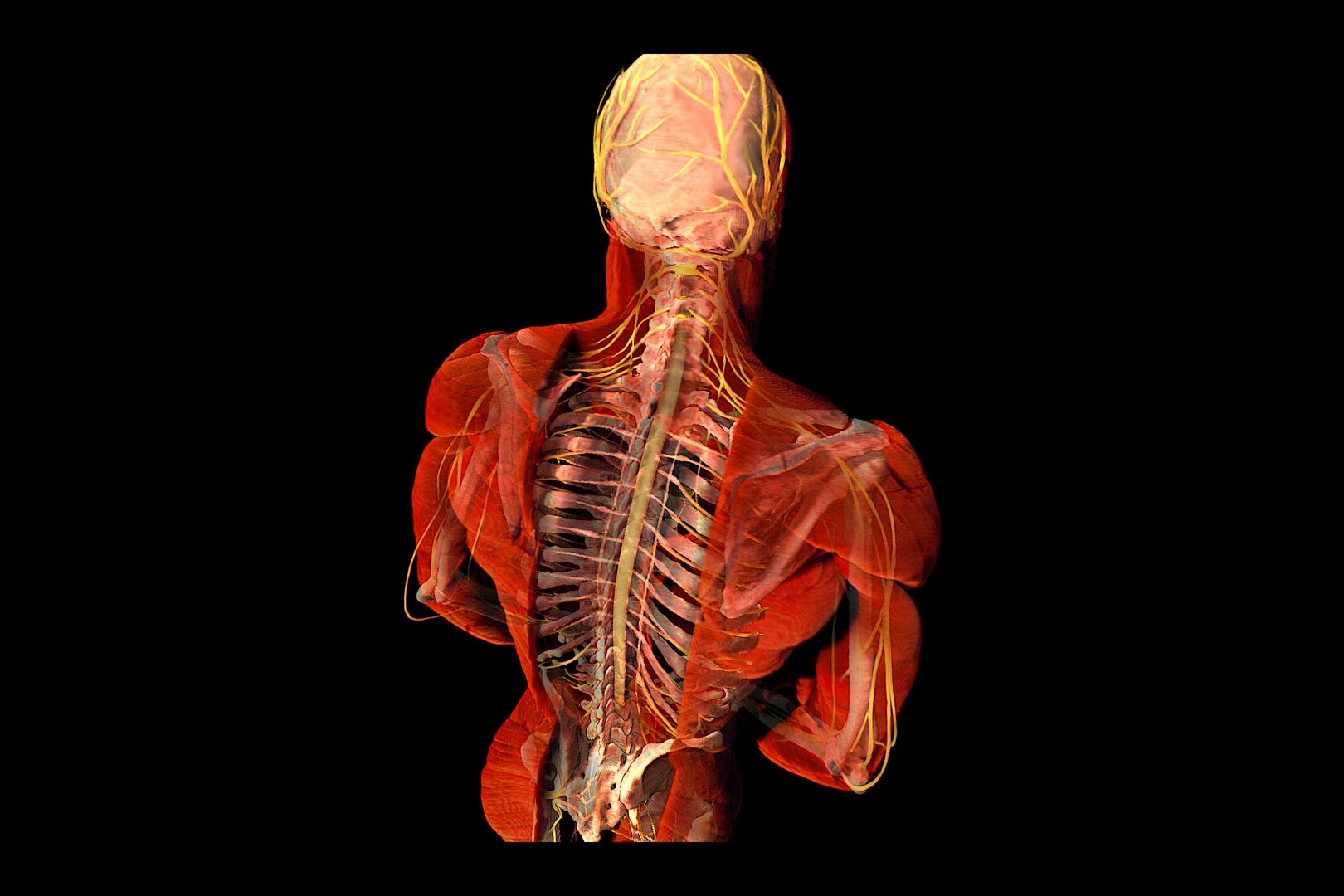
Central Pain Syndrome (CPS) is a neurological condition that can make life incredibly challenging. But what exactly is CPS? CPS occurs when the central nervous system, which includes the brain and spinal cord, gets damaged. This damage can result from strokes, multiple sclerosis, tumors, or even spinal cord injuries. People with CPS often experience chronic pain that can feel like burning, aching, or freezing. The pain can be constant or come in waves, making daily activities tough. Understanding CPS is crucial for those affected and their loved ones. Here, we’ll share 22 essential facts about Central Pain Syndrome to help you grasp this complex condition better.
Key Takeaways:
- Central Pain Syndrome (CPS) is chronic pain caused by CNS damage, leading to burning or aching sensations. It can be managed with medications, therapy, and lifestyle changes for improved quality of life.
- CPS can result from stroke, multiple sclerosis, or brain/spinal cord trauma. Early recognition of symptoms and tailored treatments, including therapy and support groups, can help individuals cope with the condition.
What is Central Pain Syndrome?
Central Pain Syndrome (CPS) is a neurological condition caused by damage to the central nervous system (CNS). This damage can result from a stroke, multiple sclerosis, tumors, epilepsy, or brain/spinal cord trauma. Understanding CPS involves knowing its symptoms, causes, and treatments.
- CPS is a chronic pain condition that affects the CNS, including the brain, brainstem, and spinal cord.
- The pain experienced in CPS can be constant or intermittent and varies in intensity.
- Symptoms often include burning, aching, or a "pins and needles" sensation.
- CPS can affect any part of the body, but it is most commonly felt in the areas corresponding to the damaged part of the CNS.
- The condition can develop immediately after CNS damage or take months or years to appear.
Causes of Central Pain Syndrome
Understanding the causes of CPS can help in diagnosing and managing the condition. Various factors can lead to the development of CPS.
- Stroke is one of the most common causes of CPS, particularly when it affects the thalamus.
- Multiple sclerosis, a disease that damages the protective covering of nerves, can lead to CPS.
- Traumatic brain injury can disrupt normal CNS function, resulting in CPS.
- Spinal cord injuries, which damage the nerves within the spinal cord, can cause CPS.
- CNS tumors, whether benign or malignant, can lead to CPS by pressing on or invading nerve tissues.
Symptoms and Diagnosis
Recognizing the symptoms of CPS is crucial for early diagnosis and treatment. Symptoms can vary widely among individuals.
- CPS often causes a burning or aching pain that can be severe and debilitating.
- Some people with CPS experience a sensation of coldness or numbness in the affected areas.
- The pain can be exacerbated by touch, movement, emotions, or temperature changes.
- Diagnosis typically involves a thorough medical history, neurological examination, and imaging studies like MRI or CT scans.
- Electromyography (EMG) and nerve conduction studies may also be used to assess nerve function.
Treatment Options
While there is no cure for CPS, various treatments can help manage the symptoms and improve quality of life. Treatment plans are often tailored to the individual's specific needs.
- Medications such as anticonvulsants, antidepressants, and pain relievers are commonly used to manage CPS symptoms.
- Physical therapy can help improve mobility and reduce pain through exercises and other techniques.
- Occupational therapy can assist individuals in adapting to daily activities and improving their quality of life.
- Cognitive-behavioral therapy (CBT) can help patients cope with the emotional and psychological aspects of chronic pain.
- In some cases, surgical interventions like deep brain stimulation (DBS) may be considered for severe, treatment-resistant CPS.
Living with Central Pain Syndrome
Living with CPS can be challenging, but understanding the condition and seeking appropriate support can make a significant difference.
- Support groups and counseling can provide emotional support and practical advice for managing CPS.
- Lifestyle changes, such as maintaining a healthy diet, regular exercise, and stress management techniques, can help improve overall well-being and reduce pain levels.
Understanding Central Pain Syndrome
Central Pain Syndrome (CPS) is a complex and often misunderstood condition. It arises from damage to the central nervous system, leading to chronic pain that can be debilitating. Symptoms vary widely, including burning, aching, and sharp pains, making diagnosis challenging. Treatments focus on managing symptoms through medications, physical therapy, and sometimes alternative therapies like acupuncture.
Living with CPS requires a comprehensive approach. Patients often benefit from a combination of medical treatments and lifestyle adjustments. Support from healthcare providers, family, and support groups can make a significant difference. Awareness and education about CPS are crucial for better management and improving the quality of life for those affected.
Understanding CPS helps in recognizing its impact and the importance of tailored treatment plans. With ongoing research and support, there's hope for better management and relief for those living with this challenging condition.
Frequently Asked Questions
Was this page helpful?
Our commitment to delivering trustworthy and engaging content is at the heart of what we do. Each fact on our site is contributed by real users like you, bringing a wealth of diverse insights and information. To ensure the highest standards of accuracy and reliability, our dedicated editors meticulously review each submission. This process guarantees that the facts we share are not only fascinating but also credible. Trust in our commitment to quality and authenticity as you explore and learn with us.
